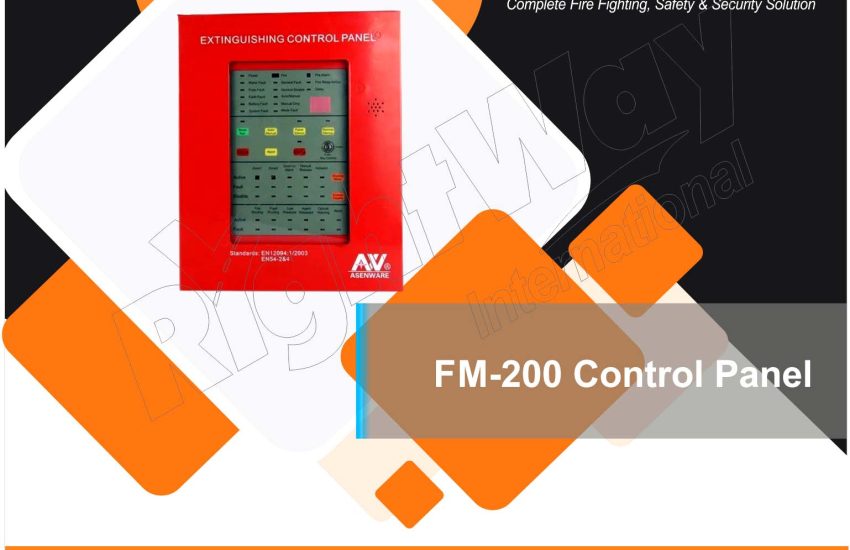The FM-200 Control Panel is a vital component in fire suppression systems, coordinating the detection, activation, and monitoring of fire protection measures. This article delves into its functions, features, and significance in ensuring effective fire safety.
What is a Control Panel?
The control panel serves as the central hub for the FM-200 fire suppression system. It receives inputs from detection devices, processes these signals, and triggers the necessary actions to activate the fire suppression system.
Key Functions of the FM-200 Control Panel
Monitoring
The control panel continuously monitors the status of the entire fire suppression system, including the condition of the FM-200 agent, pressure levels, and the status of detection devices.
Activation Control
Upon detecting fire conditions through connected sensors, the panel can initiate the release of the FM-200 agent, ensuring a prompt response to fire threats.
Alarm Management
The control panel manages alarm signals, notifying personnel of any fire incidents and system statuses. This is critical for timely evacuation and response.
System Diagnostics
Many modern control panels include diagnostic features that provide real-time feedback on system performance, allowing for easier troubleshooting and maintenance.
Features of the FM-200 Control Panel
User Interface
Control panels often come with an intuitive user interface, featuring visual indicators, buttons, and screens for easy operation and monitoring.
Communication Capabilities
Advanced models can communicate with other systems, such as building management systems or external alarm systems, enhancing overall safety integration.
Event Logging
The control panel records system events and alarms, providing valuable data for post-incident analysis and regulatory compliance.
Importance of the FM-200 Control Panel
Centralized Control
The panel acts as the nerve center of the FM-200 system, allowing for coordinated responses to fire emergencies.
Enhanced Safety
By facilitating quick detection and activation of suppression measures, the control panel plays a crucial role in minimizing damage and ensuring safety.
Regulatory Compliance
Many jurisdictions require fire suppression systems to meet specific standards. An effective control panel helps ensure compliance with these regulations.
Maintenance Considerations
Regular maintenance of the control panel is essential to ensure reliable operation. This includes:
- Periodic testing of alarms and activation mechanisms.
- Checking connections and power supplies.
- Updating software and firmware as needed.
Conclusion
The control panel is integral to the effectiveness of fire suppression systems, providing monitoring, activation, and control functions that safeguard assets and lives. Understanding its features and ensuring proper maintenance can significantly enhance fire safety in any environment. By investing in a reliable control panel and regular upkeep, organizations can effectively manage fire risks and ensure compliance with safety standards.


